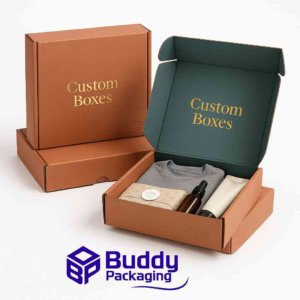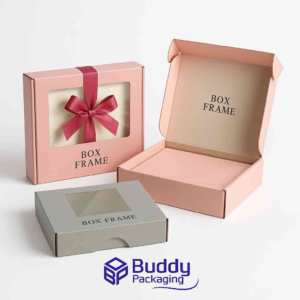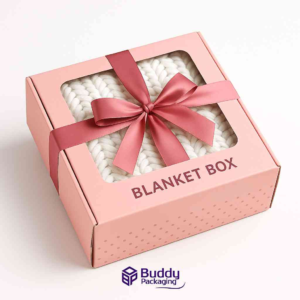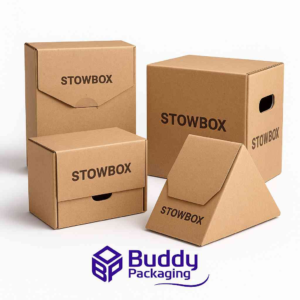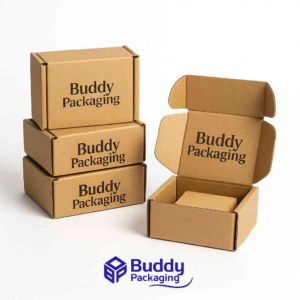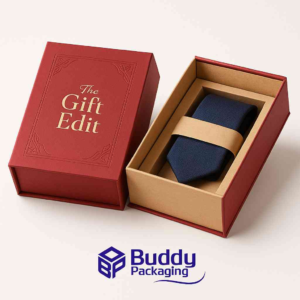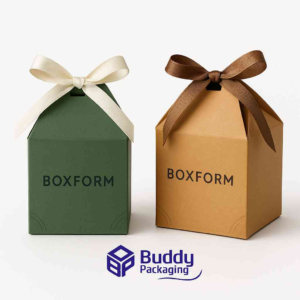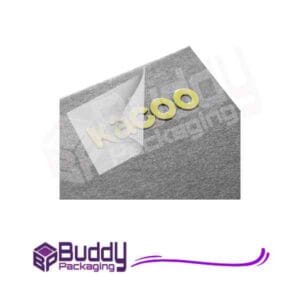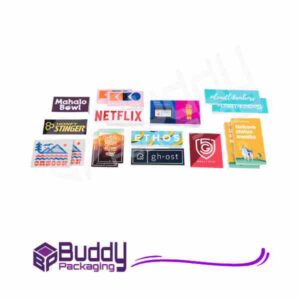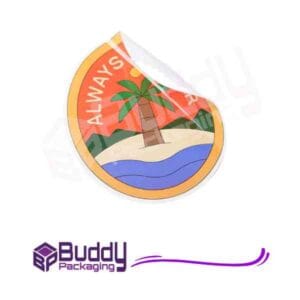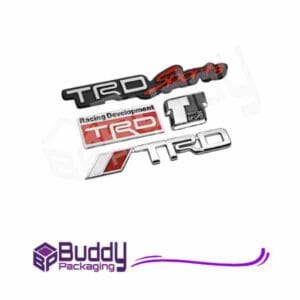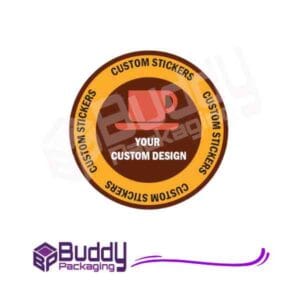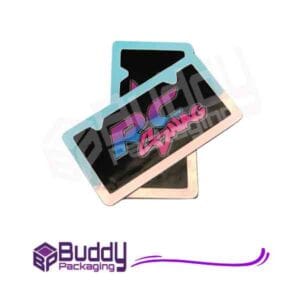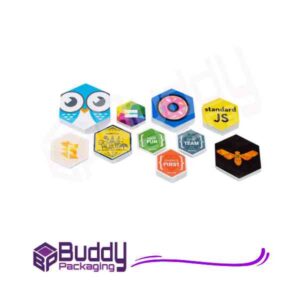Introduction
Food box packaging design has evolved into one of the most powerful branding tools for restaurants, bakeries, cafés, and food delivery services. As competition in the food industry grows, brands are realising that the right food box packaging design is not only about protection but also about creating a memorable customer experience. Good packaging communicates brand values, enhances food appeal, and builds trust long before the customer even takes a bite. In today’s market, where first impressions matter more than ever, your food packaging can determine whether a customer returns or moves on. This article explores the elements that make food box packaging design effective, from materials and usability to sustainability, aesthetics, and storytelling, along with real-world strategies brands use to stand out.
Why Food Box Packaging Design Matters for Modern Brands
The purpose of food packaging has gone far beyond keeping products fresh. Food box packaging design influences customer perception, sets expectations for quality, and strengthens identity. When a customer receives a beautifully designed food box, they immediately associate it with professionalism and care. A thoughtfully designed package enhances the dining experience, even for takeaway or delivery. As more consumers share their meals on social media, food box packaging design has become an extension of digital marketing. The right visuals can turn every customer into a brand ambassador. Effective packaging combines creativity with functionality, ensuring that food stays intact, warm, and visually appealing. When brands overlook packaging, they often miss out on an opportunity to build recognition and long-term loyalty.
Understanding the Essentials of Effective Food Box Packaging Design
At the heart of every successful food box packaging design lies a balance of aesthetics and practicality. Brands must consider how packaging feels in the hands of the customer, how well it protects food, and how easily it can be opened and disposed of. A great design starts with purpose. Hot meals, cold desserts, baked goods, and gourmet snacks all require different packaging solutions. Strong structural design prevents leaks, spills, and deformation, particularly for delivery. Customers appreciate packaging that is easy to carry, holds its shape, and keeps the food fresh. Visual storytelling also plays a crucial role. Colours, typography, textures, and logos should reflect the brand’s personality. A minimalist café might choose soft shades and simple lines, while a street-food business may opt for bold colours and dynamic illustrations. Every element should reinforce the brand’s message.
The Role of Materials and Structure in Food Box Packaging Design
Choosing the right material is essential for ensuring food safety, sustainability, and durability. Many businesses are shifting towards eco-friendly packaging because customers now expect brands to show environmental responsibility. Kraft paper, recycled cardboard, and biodegradable coatings offer the perfect blend of sturdiness and sustainability. These materials are also versatile and suit a wide range of dishes. Structure matters just as much as material. A strong base prevents food from collapsing, while a secure lid helps maintain temperature and aroma. Many brands are investing in innovative folding styles that add strength without increasing material usage. Structural creativity can also elevate the unboxing experience. A unique opening mechanism can be both functional and memorable. When structure and material work together, the result is a reliable and visually attractive food box.
Elevating Brand Identity Through Food Box Packaging Design
Brand identity is one of the strongest reasons businesses invest in customised packaging. A food box is often the first physical interaction a customer has with the brand. It must speak clearly and confidently about what the business represents. Colour psychology plays a major role in design. Warm hues can stimulate appetite, while green tones communicate freshness. Typography reflects personality; elegant fonts may suggest premium quality, while quirky hand-drawn lettering creates a friendly feel. Logos should be placed where they are easily visible, acting as the brand’s signature. Illustrations, patterns, and taglines add emotional value and help brands stand out. If a business wants to explore more unique visual concepts, they can take ideas from a global creative platform using box design inspiration available at . This reference helps brands understand new trends and artistic styles used in the industry.
The Importance of Functionality and User Experience
While aesthetics attract attention, functionality ensures customer satisfaction. Food box packaging design must support convenience from kitchen to customer. Ergonomic handles, secure closures, and leakproof features reduce frustration. Temperature retention is crucial for hot meals such as pasta, curries, and grilled dishes. Ventilation holes prevent steam buildup, keeping fried foods crispy. For desserts, baked goods, or delicate items, internal compartments offer support and maintain shape. Ease of disposal also enhances user experience. Customers prefer packaging that is simple to fold, recycle, or discard. When packaging design enhances usability, it reflects the brand’s commitment to quality service.
Sustainability in Food Box Packaging Design
Environmental awareness has become a defining factor in consumer choices. More customers now favour brands that use sustainable materials and reduce waste. Incorporating eco-friendly features into food box packaging design not only protects the environment but also improves brand perception. Recycled cardboard, plant-based plastics, and biodegradable coatings are becoming standard in the industry. Many businesses now highlight sustainability messages directly on the box, building trust and transparency. Reusability is another trend. Some brands design boxes that can be repurposed for storage or creative use, giving them a second life. Eco-conscious designs often attract younger consumers who value responsible choices. Sustainability is no longer a trend; it is a necessity for long-term brand relevance.
Trends Shaping Modern Food Box Packaging Design
Design trends evolve based on cultural shifts, customer demands, and technological advancements. Minimalism continues to dominate because clean and simple aesthetics evoke trust and refinement. Bold typography is also popular, helping brands communicate confidence with a few strong words. Hand-drawn illustrations create an artisanal feel, perfect for bakeries, organic brands, and café-style eateries. Interactive packaging is another growing trend. QR codes offer access to menus, nutritional details, or brand stories. This adds a digital layer to physical packaging. Transparent windows remain a favourite for bakery boxes because they let customers see the food inside, enhancing temptation. Personalised messages on packaging, such as thank-you notes, add emotional warmth and encourage customers to return.
Using Food Box Packaging Design for Marketing and Customer Engagement
Food packaging is a powerful marketing tool. When customers post photos or unboxing videos on social media, they provide free promotion. A visually interesting food box encourages sharing. Adding unique design elements, catchy phrases, or artistic illustrations increases the chance of going viral. Packaging can also help communicate new offers, loyalty programmes, or brand values. Consistent branding across all packaging ensures immediate recognition, even from a distance. Many brands choose to invest in personalised packaging and order through suppliers who specialise in Custom Boxes at This allows full control over design, material, size, and print, helping businesses create packaging that perfectly aligns with their brand vision.
Storytelling Through Food Box Packaging Design
Consumers love brands that tell a story. Food box packaging design offers a canvas to share that narrative. Whether it is a heritage story, a cultural inspiration, or a founder’s journey, storytelling helps customers connect emotionally. A short message printed on the box can create a deeper sense of meaning. Artistic illustrations can depict the brand’s origins or culinary traditions. Even the choice of colours can symbolise heritage or passion. When storytelling is woven into packaging design, it transforms a simple food box into a memorable experience that customers appreciate and remember.
Enhancing Customer Trust with Safe and Hygienic Packaging
In a world where hygiene standards are more important than ever, food box packaging design must reflect safety. Leakproof seals, tamper-proof tabs, and food-safe materials reassure customers that their meals are protected. Clear labelling that highlights allergen information or handling instructions adds an extra layer of trust. Hygienic packaging shows customers that the brand prioritises their well-being. This is especially important for delivery services, where food travels through various stages before reaching the customer.
Build Your Brand with Smarter Food Box Packaging Design
Food box packaging design is one of the most influential elements in shaping a customer’s perception of your brand. It blends creativity, structure, sustainability, and branding into a single powerful tool that elevates the overall food experience. When you invest in thoughtful and innovative packaging, you show customers that you care about every detail, from flavour to presentation. Whether you are a small café, a large restaurant chain, or a growing home-based brand, your packaging can help you stand out and build loyalty. If you want to take your packaging to the next level, consider exploring design ideas, eco-friendly materials, or personalised solutions. The journey starts with a single design decision. Upgrade your food box packaging today and transform the way customers interact with your brand.
FAQs
What makes a food box design effective?
A good food box balances aesthetics, functionality, and durability. It should protect the food, reflect the brand, and offer a pleasant unboxing experience.
Which materials are best for food packaging boxes?
Recycled cardboard, kraft paper, and biodegradable materials are ideal because they are safe, sturdy, and environmentally friendly.
How can I make my food box packaging stand out?
Unique colours, bold typography, creative illustrations, and strong storytelling create memorable packaging. Personalising designs also helps capture customer attention.
Why is sustainable packaging important?
Sustainable packaging appeals to eco-conscious consumers and reduces environmental harm. It also enhances brand reputation and customer trust.
Should I customise my food boxes?
Yes, customised packaging strengthens brand identity and supports marketing. It allows you to control design, size, and material for a perfect fit.


